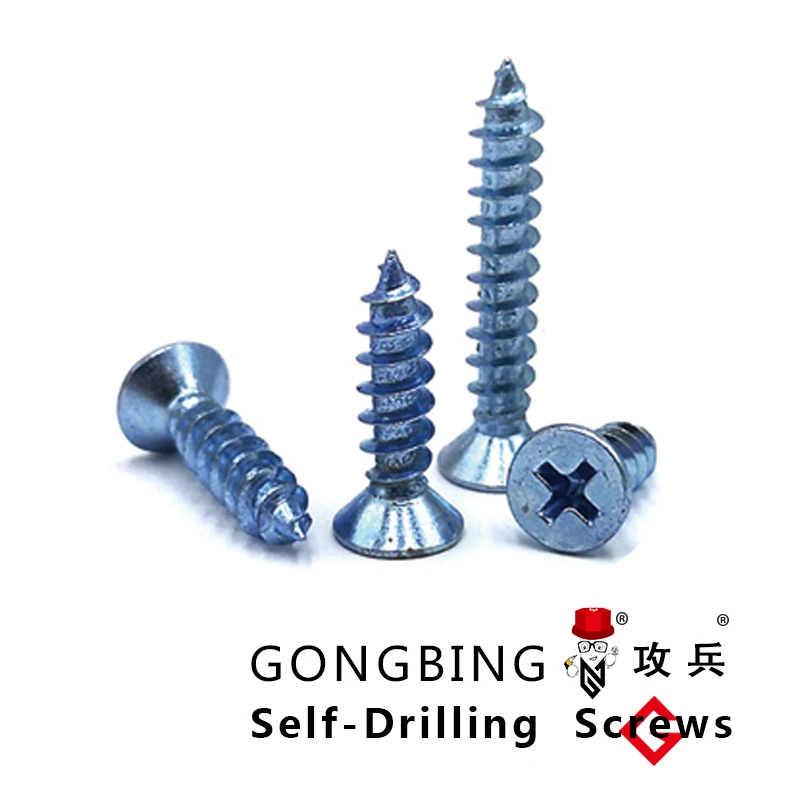plastic expansion anchors
Understanding Plastic Expansion Anchors A Comprehensive Guide
Plastic expansion anchors, often referred to as wall plugs or rawl plugs, are useful devices primarily employed in construction and DIY projects to secure items to walls or other surfaces. These anchors are particularly popular for attaching lightweight materials, such as shelves, hooks, and pictures, to hollow walls made of drywall, masonry, or concrete. Their design allows for robust anchorage, ensuring that items can be safely mounted without damaging the wall surface.
What Are Plastic Expansion Anchors?
Plastic expansion anchors are made from durable plastic materials, designed to create a secure grip within the substrate when a screw is inserted. They are typically composed of two main parts the anchor body and a screw. The anchor itself is placed into a pre-drilled hole in the wall; as the screw is driven into the anchor, it expands the plastic sleeve against the sides of the hole, effectively locking it in place. This expansion mechanism ensures that the anchor can hold considerable weight, making it ideal for various applications.
Types of Plastic Expansion Anchors
There are several types of plastic expansion anchors to cater to different needs
1. Standard Plastic Anchors These are the most common type, featuring a simple design suitable for indoor use on drywall and plaster.
2. Heavy-duty Plastic Anchors Designed for more robust applications, these anchors can hold heavier items such as shelving units. They are often slightly larger and made from a more resilient plastic.
3. Self-Drilling Anchors This type of anchor doesn't require a pre-drilled hole; instead, it can be screwed directly into the wall. They are convenient for quick installations but may not be suitable for all wall types.
4. Masonry Anchors Specifically designed for use in concrete or brick, these anchors have a sturdier build to withstand the rigid surfaces.
Application and Installation
Installing plastic expansion anchors is a straightforward process
plastic expansion anchors

1. Select the Right Anchor Depending on the load requirements and the wall type, choose an appropriate size and style of anchor.
2. Drill a Hole Use a drill to create a hole that matches the diameter of the anchor. Ensure that the hole is deep enough to accommodate the full length of the anchor.
3. Insert the Anchor Gently tap the anchor into the hole with a hammer, ensuring it is flush with the wall surface.
4. Insert the Screw Align the item you wish to mount over the anchor and drive the screw into the anchor. As the screw is tightened, the anchor will expand, creating a solid hold.
5. Test the Installation Before placing heavy items, test the installation by applying a little pressure to ensure stability.
Advantages of Using Plastic Expansion Anchors
The widespread use of plastic expansion anchors can be attributed to several advantages
- Ease of Use They are simple to install, requiring minimal tools and expertise. - Cost-Effectiveness Plastic anchors are inexpensive, making them accessible for all budgets.
- Versatility Suitable for various materials and applications, they can be used in homes, offices, and industrial settings.
- Minimal Wall Damage When installed properly, they cause minimal damage to the wall, making them ideal for renters or those looking to maintain the integrity of their walls.
Conclusion
Plastic expansion anchors are invaluable tools that facilitate easy mounting of objects on walls without the need for excessive tools or labor. Understanding their types, applications, and installation techniques ensures that anyone can effectively use them for various projects. Whether for hanging artwork or constructing shelves, plastic expansion anchors provide a reliable solution that enhances both functionality and aesthetics in any space. When used correctly, they represent a blend of practicality and simplicity, making them a staple in both professional and DIY environments.
-
Weatherproof Plastic Expansion Anchors for OutdoorNewsJun.06,2025
-
Sustainability in the Supply Chain: Eco-Friendly TEK Screws ProductionNewsJun.06,2025
-
Load-Bearing Capacity of External Insulation FixingsNewsJun.06,2025
-
Double Head Bolts: Enhancing Efficiency in Industrial MachineryNewsJun.06,2025
-
Corrosion Resistance in Chipboard Screws: Coatings for Wholesale DurabilityNewsJun.06,2025
-
Butterfly Toggle Bolts : Enhancing Structural ResilienceNewsJun.06,2025
